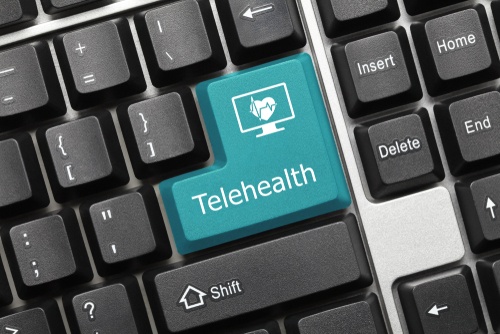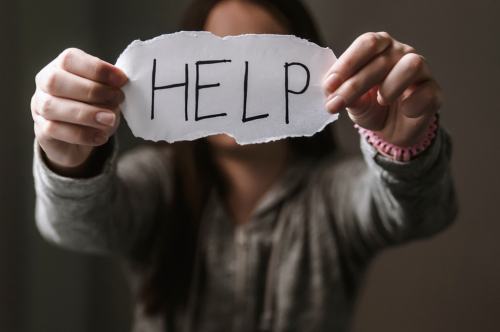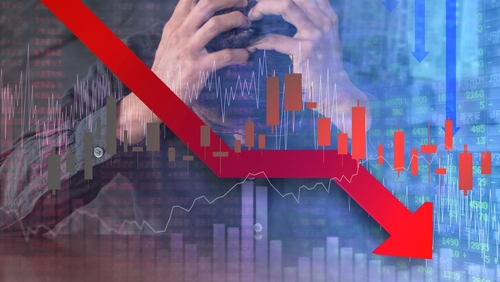
The COVID-19 pandemic unsettled in-person mental health care; however, the expansion of telehealth enabled care for more mental health patients, according to a new study published in JAMA Health Forum.
Approximately 1 in 5 US adults are living with a mental illness, and of those 50 million people, only half received mental health services between 2020 and 2021, mainly due workforce and capacity constraints. While an increasing number of people with mental disorders such as depression and anxiety have been treated, the COVID-19 pandemic has risked disrupting these trends.
In this cohort study, researchers sought to discern and describe trends in mental health services both before and after the COVID pandemic in the U.S. They analyzed county-level service use data, which they obtained from the US database of commercial medical claims among adults from January 5 to December 21, 2020. The main outcomes of interest were defined as per-week use of mental health services per 10,000 beneficiaries, which the investigators calculated for five psychiatric diagnostic categories: major depressive disorder (MDD), anxiety disorders, bipolar disorder, adjustment disorders, and posttraumatic stress disorder (PTSD). Overall, the study consisted of 5,142,577 commercially insured adults.
Telehealth Continues to Grow
At baseline (pre-pandemic), there was an average of 11.66 weekly beneficiaries receiving services for MDD per 10 000 enrollees; these services dropped by 6.44 weekly beneficiaries per 10 000 enrollees after COVID. For other disorders, as the researchers noted, these rates were as follows: anxiety disorders (mean [SD] baseline, 12.24 [129.40] beneficiaries per 10 000 enrollees; β, –5.28; 95% CI, –7.50 to –3.05), bipolar disorder (mean [SD] baseline, 3.32 [60.39] beneficiaries per 10 000 enrollees; β, –1.81; 95% CI, –2.75 to –0.87), adjustment disorders (mean [SD] baseline, 12.14 [129.94] beneficiaries per 10 000 enrollees; β, –6.78; 95% CI, –8.51 to –5.04), and PTSD (mean [SD] baseline, 4.93 [114.23] beneficiaries per 10 000 enrollees; β, –2.00; 95% CI, –3.98 to –0.02).
The results showed that over this time, there was a 16- to 20-fold increase in the use of telehealth services. When combining in-person and telehealth service utilization rates, an overall increase in care for MDD, anxiety, and adjustment disorders was observed over the period, the researchers further noted.
“This cohort study found evidence that utilization of telehealth services substantially increased following the national public health emergency declaration on March 13, 2020, a time when mental health services were greatly needed. Moreover, service utilization for anxiety, depression, and adjustment disorders gradually increased throughout 2020, although it is likely that the treatment gap for care remained large,” the researchers observed. They added that: “It will be important to observe whether and to what extent these trends continue to shift, particularly if and when impermanent legislation to support telemental health services expires or is withdrawn.”
In this study of commercially-insured US adults the weekly rate of in-person services decreased after the start of the pandemic, but increases in telehealth led to increases in total utilization for anxiety disorders & stability of service for others https://t.co/SqmMbsoIv2
— JAMA Health Forum (@JAMAHealthForum) January 6, 2023
#Telehealth for #mentalhealthcare increased more during pandemic than in-person care dropped @RANDCorporation @JAMAHealthForum https://t.co/91ogXZuuHS https://t.co/cKDK6JZiBe
— Medical Xpress (@medical_xpress) January 6, 2023







 © 2025 Mashup Media, LLC, a Formedics Property. All Rights Reserved.
© 2025 Mashup Media, LLC, a Formedics Property. All Rights Reserved.